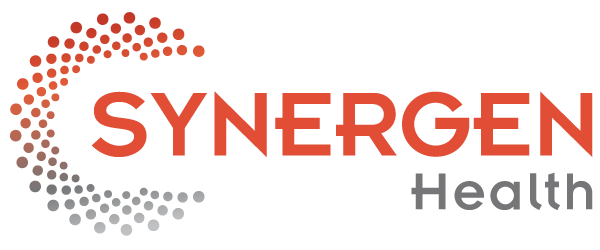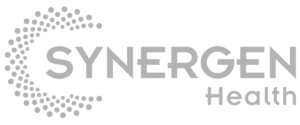
In 2018, health care focused private equity-backed buyout deal activity was on track for a record-breaking year. In November, worldwide deals for the year reached $56 billion and were on track to surpass the 2017 record of $57 billion, according to financial industry analysts.
With the obvious goal being to add value to the investment by increasing the health care entity’s earnings and top line revenue, a 360-degree view of the revenue cycle is essential to ensure the entity is operating efficiently. Here are three ways private equity investors can leverage a health care entity’s revenue cycle to maximize their ROI.
- Know where the health care entity is positioned financially.
When private equity firms make an investment, they often have the management team send monthly or quarterly statements, so they are able to view financial trends. Viewing and comparing historic and current data points can assist private equity firms in making timely decisions. By investing in an analytics platform that can integrate with multiple locations and multiple tax IDs, private equity firms will have the capability to look at the trends that are affecting the entity in real time.
- Identify key drivers of the entity’s revenue cycle.
Health care entities that are rolled up in a portfolio carry a higher value when compared to general health care and medical practices. Every extra dollar that is collected can be four to 10 times more valuable. Not understanding the data that is related to how the profit is generated can diminish future increase of the entity’s profit margins. Investors need to know the impact of changes of patient volume and changes to insurance agreements that can negatively impact the entity.
- Understand how to address common complications of constantly rolling up health care entities.
Challenges faced by private equity investors is greater because they could be rolling up multiple entities in several states with different compliance regulations. The way individual entities may manage their operational functions could also be different, as one may use an in-house method while another is using an external partner solution. Understanding operational functions and standardizing key KPIs of the multiple health care entities can ensure the investment is as profitable as it could be.
Private equity firms can benefit from having both on-demand and regular visibility of a health care entity’s revenue cycle. By taking the time to assess and revaluate trends that are identified in key areas that drive financial success, the investor will be able to truly scale the organization and maximize their ROI in three to five years.

